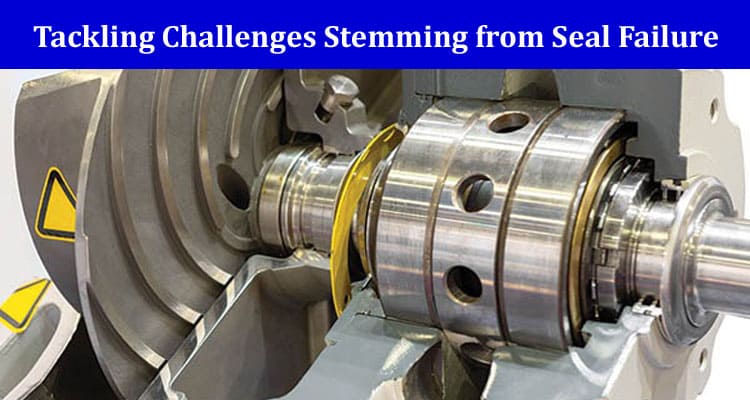Seal failure poses significant challenges in various industries, impacting operational efficiency, safety, and overall productivity. Understanding the root causes and implications of seal failure is crucial in implementing effective strategies to mitigate its effects and preserve the integrity of critical equipment and systems.
Common causes of seal failure range from improper installation to material degradation, and the demanding climates of regions like Salt Lake City can exacerbate these issues. With temperature extremes and a marked seasonal variation, window replacement companies in Salt Lake City must pay particular attention to the quality and resilience of seals.
They must ensure that these components can withstand the pressure differentials and environmental conditions unique to the area, thereby reducing the risk of premature failure and maintaining the integrity and energy efficiency of installations.
Identifying Root Causes: From Wear to Environmental Factors
The root causes of seal failure can vary widely, encompassing factors such as wear, improper installation, system contamination, chemical exposure, and environmental conditions. Identifying the specific factors contributing to seal failure is essential in developing targeted solutions that address the underlying issues effectively.
Impact on Operational Efficiency: Downtime and Maintenance Costs
Beyond the immediate implications on equipment performance, seal failure can lead to costly downtime, maintenance interventions, and potential production disruptions. The impact on operational efficiency underscores the need for proactive measures to prevent and address seal failure, mitigating its adverse effects on overall productivity.
Mitigation Strategies: Proactive Maintenance and Monitoring
Implementing proactive maintenance and monitoring protocols is critical in mitigating the risks associated with seal failure. Regular inspections, condition monitoring, and predictive maintenance practices enable early detection of potential issues, allowing for timely intervention and the implementation of corrective measures to prevent seal failure.
Material Selection and Compatibility: Ensuring Long-Term Resilience
The selection of seal materials and their compatibility with operating conditions is pivotal in ensuring the long-term resilience of seals. Factors such as chemical resistance, temperature tolerance, and mechanical properties play a crucial role in determining the suitability of seals for specific applications, influencing their resistance to failure over time.
Seal Performance Testing: Validating Reliability and Functionality
Conducting comprehensive performance testing on seals is instrumental in validating their reliability and functionality under varying operating conditions. Through rigorous testing, manufacturers and operators can gain insights into the anticipated lifespan, failure modes, and performance limitations of seals, informing decisions related to maintenance and replacement.
Environmental Considerations: Addressing External Influences
Environmental factors, including temperature fluctuations, exposure to abrasive substances, and corrosive environments, can exert substantial stress on seals, leading to accelerated degradation and failure. Accounting for these external influences in seal design and maintenance practices is essential in preserving their integrity and longevity.
Root Cause Analysis: Informing Preventative Measures
In instances of seal failure, conducting thorough root cause analysis is integral to informing preventative measures and remedial actions. By identifying the underlying factors contributing to failure events, organizations can implement targeted improvements, such as design modifications, material enhancements, or operational adjustments, to proactively mitigate future occurrences.
Training and Knowledge Transfer: Empowering Maintenance Personnel
Empowering maintenance personnel with comprehensive training and knowledge transfer initiatives is essential in bolstering the proactive management of seal integrity. Equipping maintenance teams with the expertise to identify early warning signs, perform effective troubleshooting, and execute preventive maintenance measures enhances the overall resilience of equipment against seal failure.
Continuous Improvement: Iterative Approach to Resilience
Preserving the integrity of critical systems against seal failure necessitates an iterative approach to continuous improvement. Leveraging feedback from failure events, performance data, and evolving industry best practices enables organizations to refine their strategies, optimize maintenance protocols, and enhance the overall resilience of their equipment over time.
Conclusion
Addressing seal failure challenges is paramount in preserving the operational integrity, safety, and reliability of critical equipment across diverse industrial environments.
By comprehensively understanding the root causes, implementing proactive mitigation strategies, and fostering a culture of continuous improvement, organizations can effectively safeguard against the adverse impacts of seal failure, promoting sustained operational excellence and equipment reliability.


